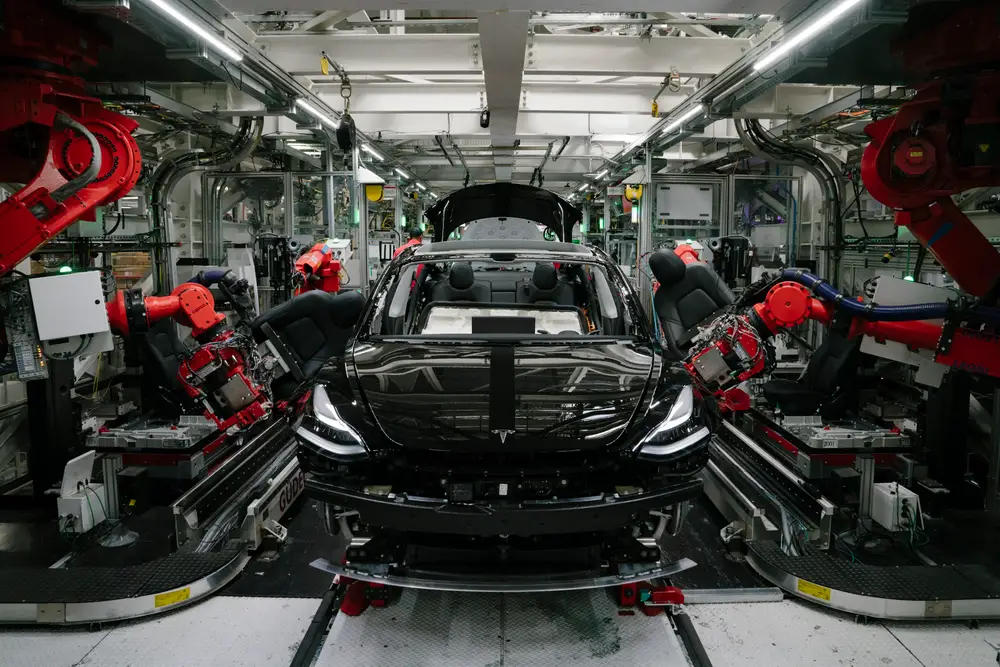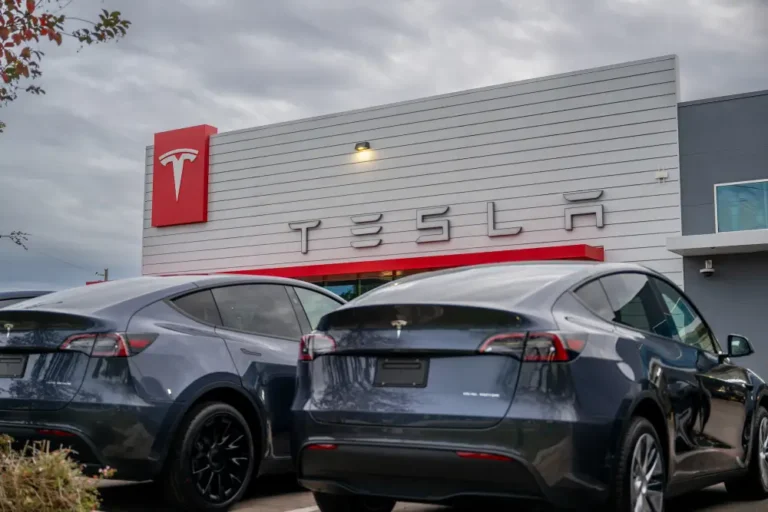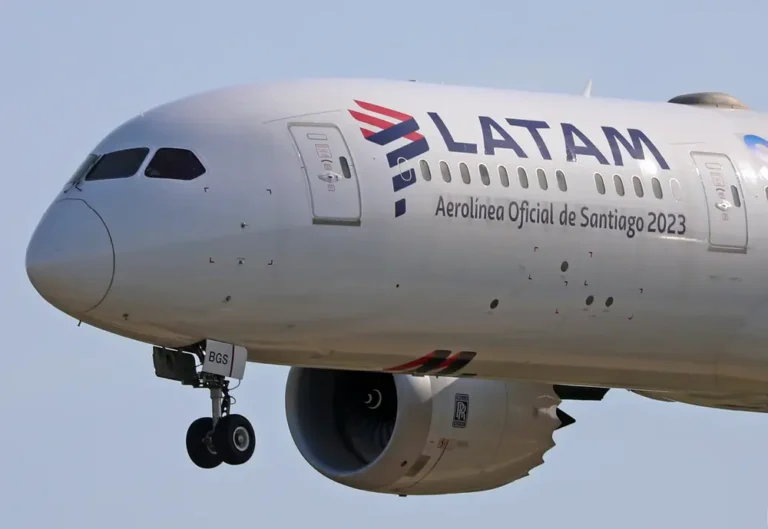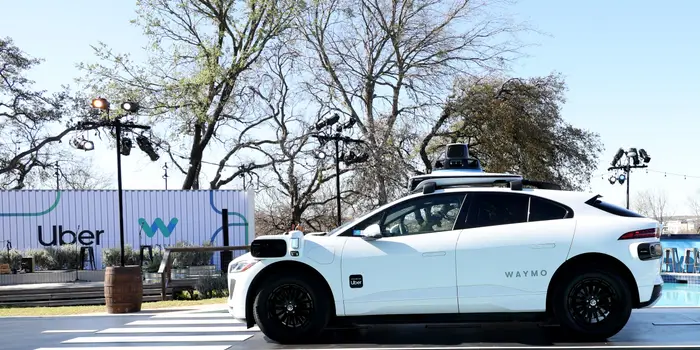Tesla investor Ross Gerber says he can’t get rid of his used Tesla. Here’s why Musk’s cars aren’t retaining value like they used to.

A Tesla Model 3 on the assembly line at the Tesla factory in Fremont, California.
The longtime Tesla investor Ross Gerber has sold about half his stake in the electric-car company but still can’t sell his actual Tesla.
Gerber recently told B-17 that the used-car market was so overrun with old Teslas that he’d failed at flipping his old model at what he deemed a fair value.
He’s right: A used Tesla certainly isn’t worth as much as it was a few years ago.
In mid-2022, as demand for Tesla electric vehicles far outweighed what Elon Musk’s company could supply, a used Model Y could go for as much as $70,000, according to data from Recurrent, which tracks prices of secondhand EVs.
That same car today is worth less than $40,000 on the used market, the firm says.
Tesla is most impacted as prices of used EVs fall
Used EVs are becoming more affordable as more supply hits the market, and Tesla, as an early mover in the segment, is most impacted by these falling resale prices.
According to industry data, Teslas are the most commonly found EVs on the used market, accounting for roughly 42% of the market. Hertz’s move to dump 30,000 Teslas from its fleet earlier this year hastened the decline in used-market values.
This influx in supply puts pressure on resale values and requires owners looking to offload their vehicles to lower their listing prices to attract buyers, which is why Gerber held on to his Tesla.
Musk’s EV price war in the new-car market isn’t helping the matter. Tesla slashed prices by about $15,000 last year and has continued to lower them throughout this year.
When factoring in a $7,500 federal tax credit, an aspiring Tesla owner can get a brand-new rear-wheel-drive Model 3 for about $31,490. That’s compared with an average used price of $29,303 for a used 2018 Model 3, according to Recurrent.
Tesla’s dominance in the EV market is slipping
Yet again, Tesla is maturing into a normal car company. The heightened residual values on Musk’s cars were never sustainable for the long term, particularly as Tesla aims to pump out millions of cars a year.
In some ways, Musk’s early bet on the EV segment is validated by its slipping dominance as more competitors enter the market.
The falling resale values came as Tesla’s share in the new-EV market fell below 50% for the first time in the second quarter, according to Cox Automotive.
More competition from legacy car companies such as Ford, Volkswagen, and General Motors means EV shoppers have more choices and don’t have to pick a Tesla every time — another sign Musk was right about the staying power of battery-powered cars.






